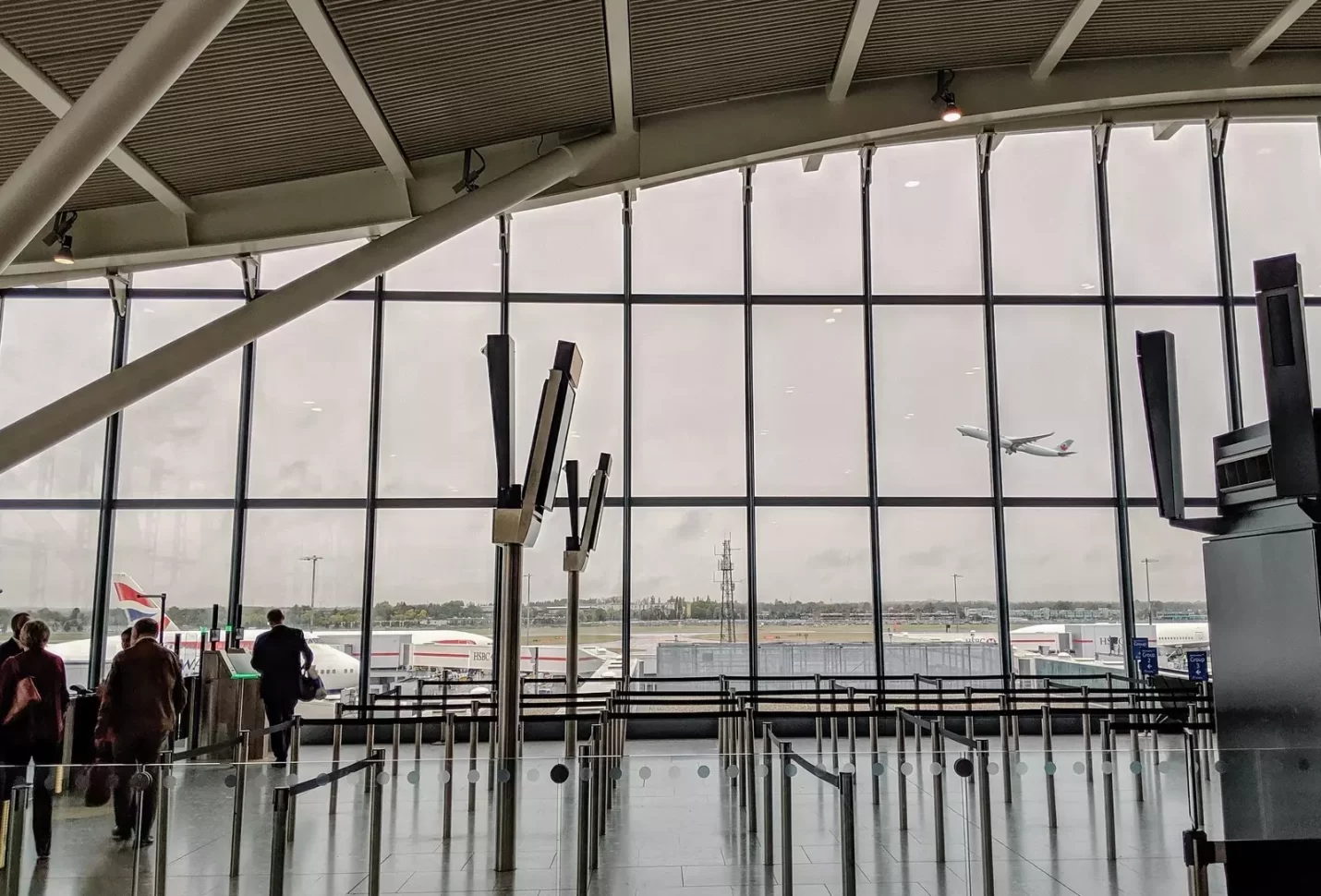
$30 trln in additional investments required to achieve net zero in 8 hard-to-abate sectors
The Net Zero Industry Tracker 2024 estimates that $30 trillion in additional capital will be required across ...

The 27th United Nations Climate Change Conference (COP27) – which was held in Egypt in November 2022 – has witnessed the launch of a pocket guide which sets out how businesses can use sustainable aviation fuels (SAF) for their travel and where they can purchase it.
The guide was launched by the Sustainable Markets Initiative (SMI), in partnership with Clean Skies for Tomorrow to build understanding of SAF among the business community and encourage greater uptake for corporate travel.
Looking at the air travel carbon footprint of a sample of financial sector organizations, just 30 companies making a commitment to use 30% SAF could account for the first 1% of the 10% by 2030 objective, or even more.
Aviation is a major contributor to global economic prosperity: unlocking trade, investment, and understanding between cultures. Growth can’t come at any price, and we need to fly without fossil fuel carbon.
As CEO of the UK’s biggest airport, Heathrow, and Chair of the Sustainable Market Initiative’s Aviation Taskforce, removing carbon from flying is our biggest challenge and our most important ambition in both the short and long term.
At Heathrow, the “Heathrow 2.0” sustainability strategy shows how Heathrow can reach net zero even as we grow. Our goal, with the right supportive UK Government policy, is to go beyond 10% of SAF in use by airlines at Heathrow by 2030, contributing a carbon saving of over 7.5% by that time.
SAF is incredibly versatile; it can be used in any existing aircraft without the need for technical modifications and has already powered 250,000 flights around the world; it can be blended with kerosene and soon be used as a complete replacement. This is a critical advantage during the energy transition, since it means that a plane can fly one way on SAF and return on kerosene removing the need for all airports to have a SAF supply.
SAF can be made from waste from agriculture, households, forestry and industry, delivering lifecycle carbon savings of 70% or more. Many developing countries with a large agriculture sector are well placed to become suppliers to this market, increasing their energy independence. In the future, synthetic fuel made using carbon extracted from the air and clean energy has the potential to achieve a 100% carbon saving.
Limited production volumes of SAF means it remains in short supply, subscale and expensive. There is a need to send clear market signals to scale up supply and bring down costs to make it affordable, particularly for developing countries. Just as in other sectors, we need the right policy framework and market signals.
In October 2022, with the encouragement of global airlines and airports, governments from around the world reached a landmark agreement at ICAO (the UN governing body for aviation) on net zero international aviation by 2050. This now needs to be converted into national policy actions.
The Net Zero Industry Tracker 2024 estimates that $30 trillion in additional capital will be required across ...
Egypt is gearing up for the 2025 Human Development Report, and debt swap initiatives, all ...
The European Bank for Reconstruction and Development (EBRD), the United Kingdom’s High-Impact Partnership on Climate ...


اترك تعليقا